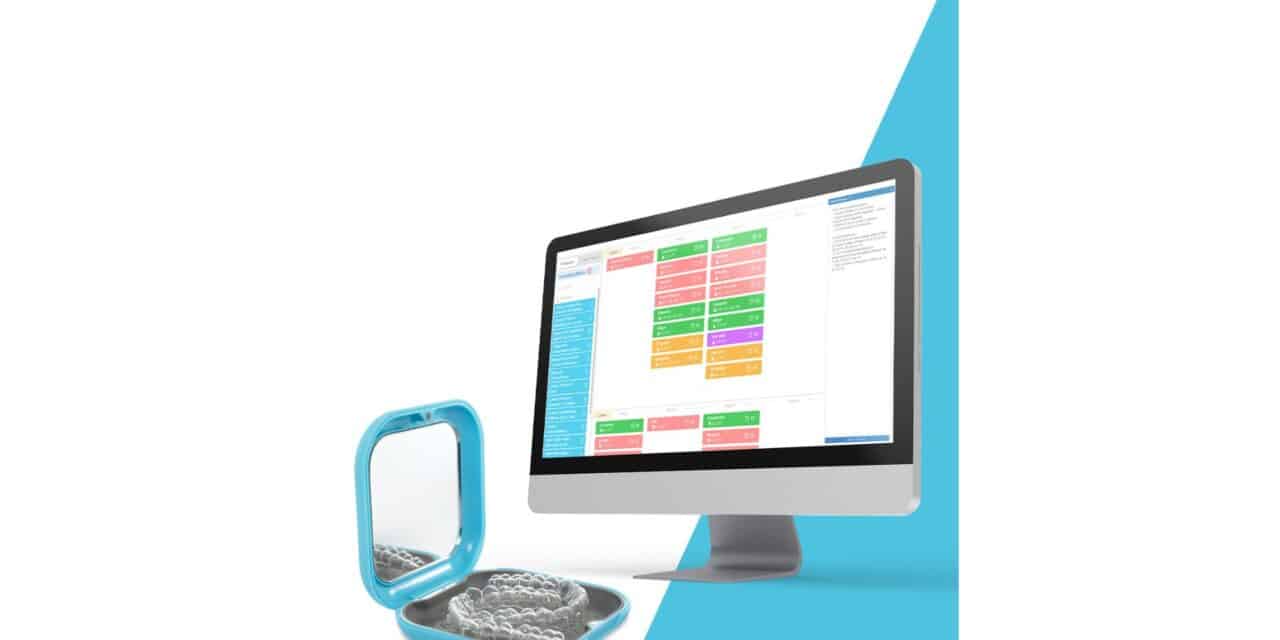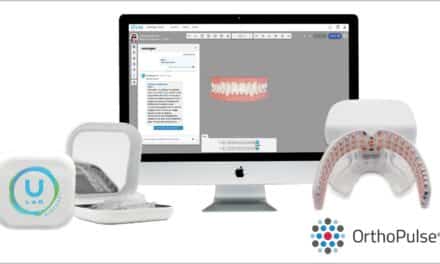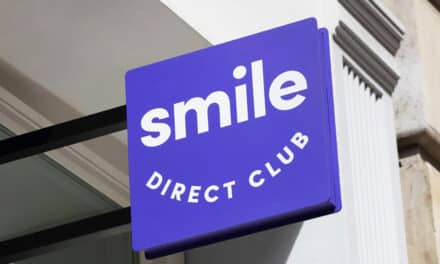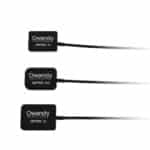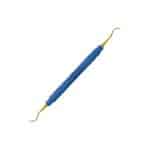Ormco releases StageRx, a visual workflow tool for aligner treatment planning, to its Spark Approver Software. The company’s VP Jay Issa and Dr Nadia Nizam share perspectives on its development and clinical use.
Ormco has announced the launch of StageRx, a new feature within its Spark Approver Software that introduces a visual workflow for aligner treatment planning. According to the company, the tool allows orthodontists to standardize communication with technicians by replacing text-based instructions with modular, color-coded protocols for movement staging. Ormco reports that StageRx also provides access to a protocol library that includes standard options, expert-created approaches, and the ability for doctors to develop and share their own.
The company says early customer feedback indicates the platform has improved communication and reduced inconsistencies in aligner design, with 84% of doctors reporting better communication with treatment designers and 89% stating they would recommend the tool to colleagues. StageRx joins other Spark Approver features, such as CBCT TruRoot integration and Real-Time Approval, as part of Ormco’s digital workflow platform.
To better understand the development of StageRx and how it is being used in practice, Orthodontic Products spoke with Jay Issa, vice president of portfolio management and global marketing at Ormco, and Nadia Nizam, DDS, MCID, FRCD (C), an orthodontist in private practice in Calgary, Alberta.

Orthodontic Products: How does StageRx fit into the larger Spark Approver Software ecosystem, and what motivated its inclusion?
Jay Issa: At Ormco, we are dedicated to innovation within digital treatment planning, and StageRx is the next step in this evolution. This revolutionary visual-based tool standardizes communication between Spark doctors and their technicians. By breaking down movement instructions into color-coded logical units for the transverse, vertical and sagittal planes, StageRx simplifies anchorage design and management.
StageRx enables the realization of important movement sequences and staging, ensuring the predictability and success of the Spark treatments. Predictability was a key focus throughout the development process. We believe StageRx will become a cornerstone of the Spark ecosystem, saving doctors time and ensuring consistent, predictable aligner outcomes.
OP: What are the key benefits of combining StageRx with tools such as CBCT integration and Real Time Approval?
Issa: StageRx is designed to eliminate the guesswork from aligner treatment planning. Historically, doctors have been frustrated with inconsistent design quality and time-consuming communication with technicians. StageRx replaces traditional form-based or text-based treatment instructions, allowing doctors to easily save and reuse clinical protocols. It also provides access to a library of proven protocols from aligner experts and enables doctors to share their own protocols with peers.
Combining StageRx with tools such as Real Time Approval and CBCT integration offers end-to-end digital treatment planning. This combination maximizes doctor’s efficiency by streamlining the process and ensuring consistent, high-quality outcomes.
OP: How does this integration improve treatment accuracy and reduce back-and-forth with designers?
Issa: Standardizing treatment instructions through StageRx visual blocks is key to improving treatment accuracy and reducing inefficiencies in doctor/designer communication. Unlike current platforms, StageRx maintains the doctor’s ability to customize and control their treatment instructions.
With this integration, doctors can set up a 3D model within minutes, drag and drop their StageRx protocols, and see the real-time effects on the 3D model. This allows doctors to immediately approve the setup or send it back with additional modifications to their technician, significantly reducing back-and-forth communication.
OP: What feedback have you received from early adopters, and how has it influenced product development?
Issa: Early adopters of StageRx have consistently praised its efficiency, consistency, and precision. During its extensive development, we conducted clinical pilots with doctors worldwide, continually iterating based on their feedback. Although setting up protocols in the new StageRx tool requires an initial investment, doctors universally report significant long-term benefits. These include substantial time savings, improved staff delegation, and more consistent, predictable design quality.
From Issa’s perspective, StageRx represents the company’s effort to address long-standing challenges in aligner planning by giving orthodontists greater control, efficiency, and predictability. To see how these design goals are reflected in clinical use, Nizam shared her experience incorporating StageRx into her workflow and explained how it has shaped her approach to patient cases.

Orthodontic Products: How has having StageRx embedded within the Spark Approver Software changed the way you approach your treatment planning workflow?
Nadia Nizam, DDS, MCID, FRCD (C): The StageRx platform has simplified my communication with designers, which in turn reduces my workload when the case comes back to me for review. All I need to do is configure the treatment model I want for the patients, ensure the StageRx model is set up for that particular treatment plan, and the sequencing of all my movements is translated into exactly what I would like. It’s like a recipe card with step-by-step instructions to bake a cake. You need to spend time creating this recipe card, but once it’s done, the cake always comes out tasting amazing, no matter who baked it.
OP: Which features—like CBCT TruRoot integration, Real Time Approval tools, or StageRx—do you find yourself using most often, and why?
Nizam: I use Real Time Approval tools for all my refinements and approve after the first return. This really shortens the time patients are booked to receive their new trays. I use StageRx for all my new starts, and 90% of the time, I approve it without making any changes. Of the remaining 10%, I approve 7% using the Real Time Approver without sending it back to the designers. The final 3% are tough cases and slightly off the beaten path, they require a bit more finesse.
OP: Can you describe a specific case where StageRx’s visual protocol library and modular staging helped you reduce design revisions or improve treatment precision?
Nizam: All of my cases, especially the Class II molar distalization cases, go very smoothly in setup because the communication between me and the designer is clear. The sequence of distalization is strictly followed, along with the types of attachments I prefer to use for such movements.
OP: How has the ability to standardize communication with designers in a non-textual, visual format impacted your case planning and reduced misunderstandings?
Nizam: 100%. I feel like we are finally speaking the same language, just like with the recipe card analogy. Consistent and ideal results.
OP: What advice would you give to other orthodontists on getting the most out of StageRx within the Approver Software?
Nizam: It is a process, but the Spark Clinical Support Team (CSS) is here to help you develop your own protocols. There is also a library of existing protocols that you can start using and refining as you become more familiar with Stage Rx. OP
Photos: Ormco

